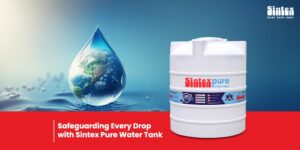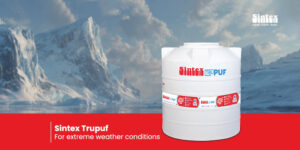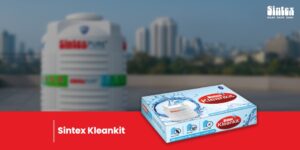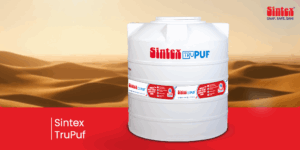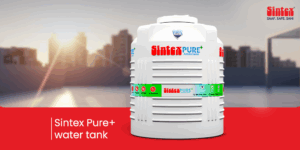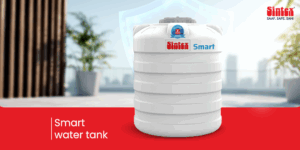Rainwater Harvesting: Why Underground Tanks Are Ideal for Water Conservation
Share
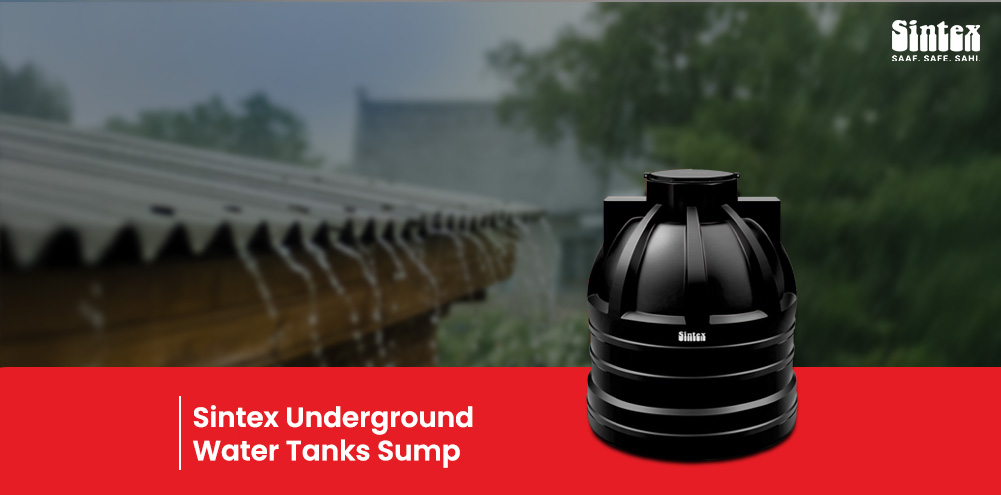
Table of Contents
For most people, when it rains, the water flowing into the drains is a total disconnect. Imagine if that rainwater was harnessed, collected, and utilized when required. Underground storage tanks make this possible, serving as water reservoirs and revolutionizing this essential natural resource management.
Let’s discuss efficient rainwater harvesting combined with underground water tanks designed for present needs and future challenges. Whether residential or commercial, there is no better way to save on water and space without sacrificing beauty than the underground option.
Why Rainwater Harvesting Needs a Better Storage System
The methods of rainwater harvesting storage tend to have problems – open tanks are cumbersome, increase the probability of contamination, and in regions with warmer temperatures, have high chances of water evaporation. On the other hand, underground storage tanks have a single solid solution to all problems.
When you place the harvested rainwater underground, the water is protected from direct sunlight, dust, and dirt and helps avert the proliferation of mosquitoes or other disease-causing microorganisms. This method is safer and cleaner and increases the duration for which the water harvesting structure can go unused. This stands most true for urban places where space is at a premium, and every drop of water is of utmost value.
Here’s How Underground Tanks Make the Difference
1) Save Space, Above and Below
The amount of space that can be saved is one of the most prominent benefits of underground water tanks. No impact is made on your routine activities, be it parking, gardening, or using a driveway. The tanks are underground and out of sight but always silently assist and constantly work for you.
This greatly impacts homes, schools, hospitals, and industries. The property layout and outdoor decor do not have to be altered, as the stored water can be kept efficiently without any difficulty.
2) Maintain Water Quality Naturally
As a result of containing fibreglass-reinforced plastic, FRP underground water storage tanks are algae-preventing and contamination-resistant. The water stored is kept at a lower temperature, which lessens bacterial growth. Water not exposed to sunlight does not evaporate, and sediment builds up and unwanted chemical reactions. No sunlight exposure means no unwanted chemical reactions or sediment build-up either.
And when you’re using stored rainwater for drinking, cooking, or even bathing, this extra level of purity truly matters.
3) Say Goodbye to Evaporation Loss
Evaporation of water is the most common cause of water loss in overground tanks. In warmer climates, losing several litres regularly is common due to heat. However, evaporation is not an issue with underground water tanks.
Since these tanks are stored underground, there is no exposure to wind, and the temperature is constant. The water stays protected and is entirely safe till needed.
The Bigger Impact: Why Underground Tanks Matter for the Planet
Collecting rainwater is not just about storing water. It involves lessening groundwater use, conserving the available resources, and mentally preparing for abrupt changes in weather conditions.
In what ways do Sintex’s underground solutions promote sustainable water harvesting? Let’s find out.
1) Recharge Groundwater Levels
Once your tank is full, redirect the overflow to soak pits or recharge wells. This makes it possible for the soil to absorb the surface water and recharge the subterranean reservoirs. This step can alleviate some problems in water-stressed regions.
Sintex underground water tanks are designed with such sustainable practices in mind. They allow easy integration with recharge systems and water filtration setups.
2) Store Emergency Water
What happens when there’s a water cut or a delay in municipal supply? With a good underground storage tank, you never run dry. There is always an emergency reserve. This makes uncertain situations easier to manage.
This is particularly useful for commercial offices and housing societies, where water requirements are continuous and critical.
3) Long-Term, Low-Maintenance
Another strong point? Water tanks made out of FRP require the least amount of maintenance possible. They are rust, corrosion, and chemical damage resistant, which means they will last longer and save you from your maintenance worries.
They don’t require constant cleaning, such as metal or plastic overground tanks, and there is less chance of physical damage.
Conclusion
Switching to underground water tanks is the smartest decision for people looking to conserve water. The change is smart as they maximize space by reserving surface-level real estate. The tanks can keep the water clean, save water from evaporation, and require little maintenance.
Sintex is one of the leaders in water storage innovation, and its tanks showcase its innovative, practical designs, reflecting its commitment to eco-friendliness. When buying Sintex’s underground water tanks, you are not purchasing a mere product but fortifying a more eco-friendly environment for yourself, your family, and your community. Let’s change the way we store the rain that is in the right way.
